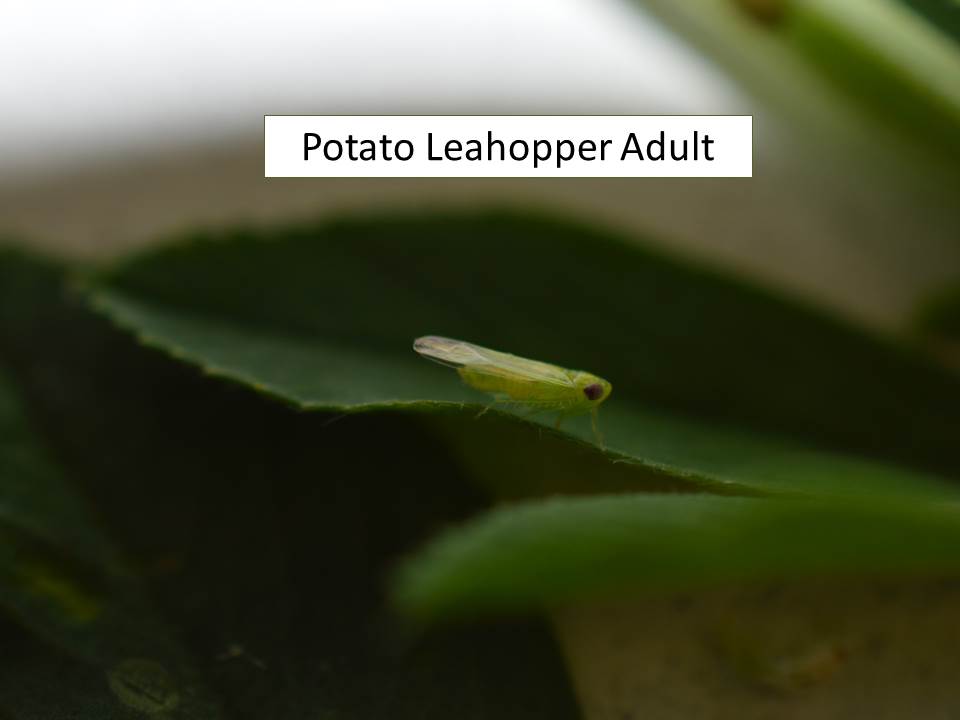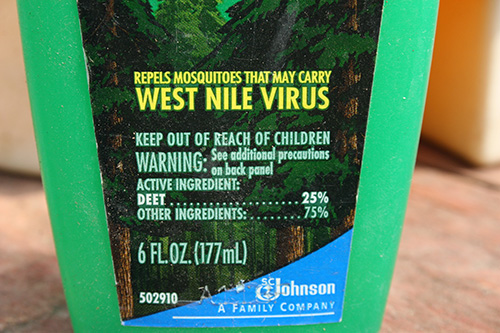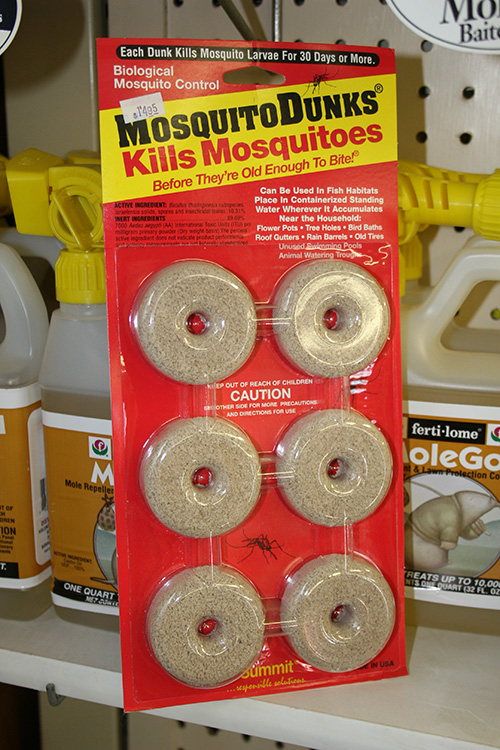–by Dr. Raymond Cloyd
We have received numerous inquiries (in fact…LOTS) regarding gall-like growth on the underside of pin oak (Quercus palustris) leaves. In some cases, many pin oak trees have extensive galling on nearly all the leaves, with the leaves twisted or distorted. In fact, one tree on the Kansas State University (Manhattan, KS) campus, located behind Umberger Hall, is nearly 100 percent infested with this gall. I really think the gall makes the tree more attractive J. The culprit is the oak vein pocket gall, which is caused by the gall-midge, Macrodiplosis quercusoroca. Galls are elongated, pocket-like swellings on the lateral veins and mid-rib of pin oak leaves (Figures 1 through 3). The gall-making organism is a small fly called a midge (Family: Cecidomyiidae). Adults are 3.0 mm long and resemble small mosquitoes (but they are not mosquitoes so do not worry). Female midges attack newly developed leaves that are unfolding – just before they are flattened. After the eggs hatch, small larvae or maggots migrate to the lateral and mid-veins, and subsequently begin feeding. After several days, tissue forms and surrounds each larva. Full-grown larvae are white and approximately 2.0 mm in length. Development is completed by mid-spring to early summer. The larvae eventually emerge from the gall, fall to the ground, and overwinter or enter diapause (a physiological state of arrested development) until the next spring. There is one generation per year. There are no control measures for this gall. Remember, this is not the gall-former that the oak leaf itch mite feeds on…that is the marginal oak leaf fold galler (Figure 4).

Figure 1: Oak Vein Pocket Gall

Figure 2: Oak Vein Pocket Gall

Figure 3: Oak Vein Pocket Gall

Figure 4: Leaf Marginal Fold Gall
I want to acknowledge Matthew McKernan; Horticulture Agent (Sedgwick County; Wichita, KS) for keeping me abreast of the situation (and sending images) regarding the oak vein pocket gall in south-western Kansas.









